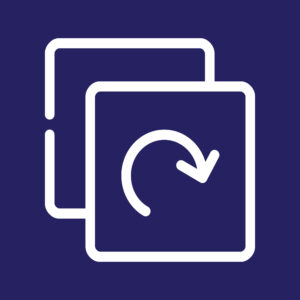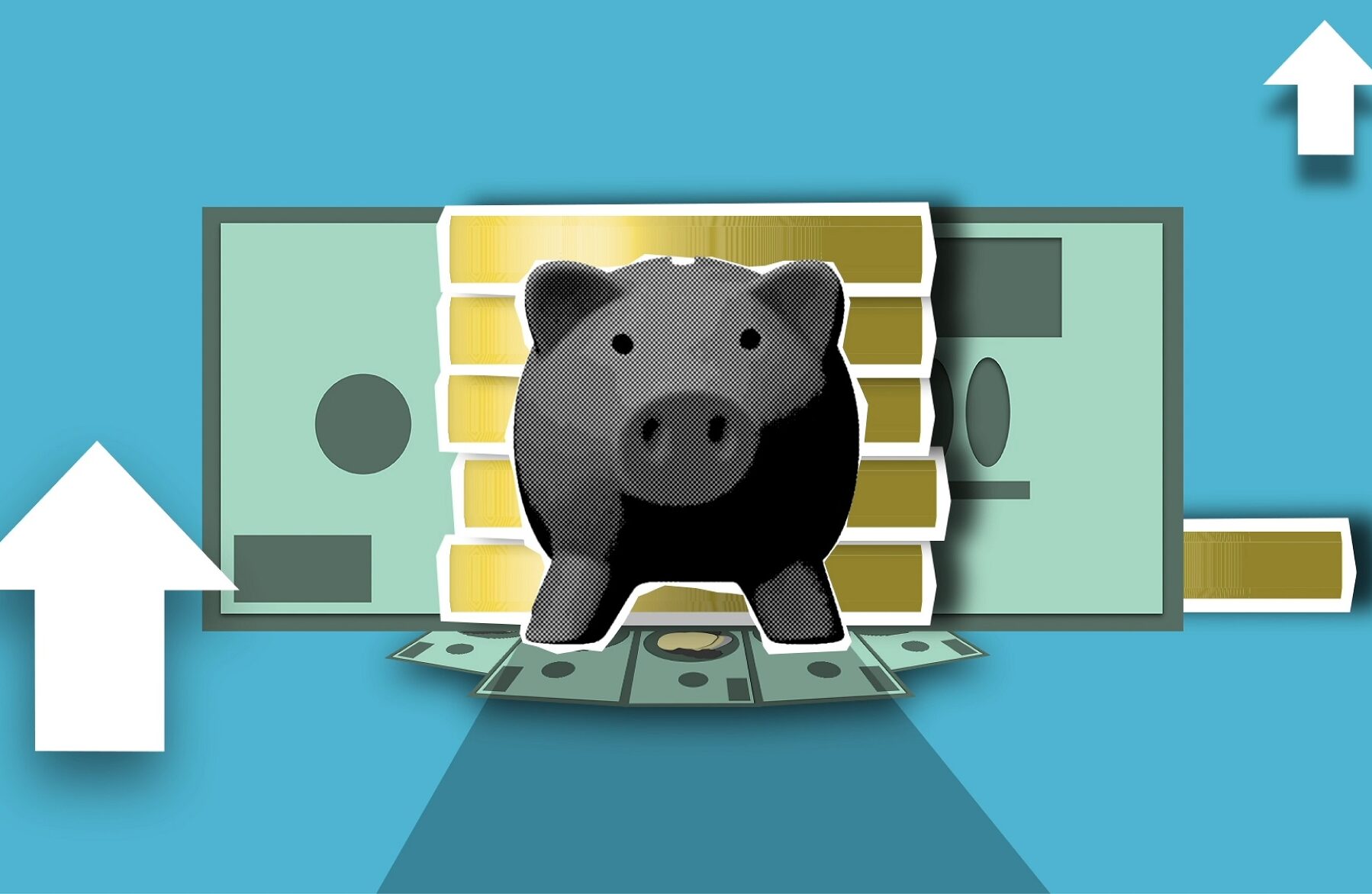We are often asked questions along the lines of:
- Why is my taxable profit different to my accounts profit?
- Why is my profit higher than my drawings?
- Why am I not taxed on my drawings?
- Why can’t I draw out all my profit?
In this article, we address the above points.
Taxable Profits Vs Accounts Profits
There will usually be some form of adjustment from the accounts to the taxable profit figure. This is because there will be items in the accounts that are not eligible for tax relief. Common examples of this are depreciation (the writing down of the fixed assets in the accounts) and some legal and professional fees.
Although depreciation is not a tax-deductible expense, capital allowances are likely to be available instead, and the differential between these figures will be one of the main reasons for the movement from accounts to taxable profits. If there has been a large spend on fixed assets, there could be a significant capital allowances claim to make, which would result in taxable profits being lower than accounts profits.
Not all legal and professional fees are allowable for tax purposes, for example, the cost of a partnership agreement or a property valuation, and these costs will be ‘added back’ in the tax computation (meaning they do not attract tax relief) and will increase taxable profits.
The other main adjustment will be for any expenses paid by a partner personally outside of the practice accounts, which will reduce the taxable profit figure.
Profits Vs Drawings
It is important to remember that you are taxed on your share of the taxable profits of the business and not the amount that is taken in drawings. For example, if you were to earn profits of £100,000 and drew nothing, you would still pay the same amount of tax compared to taking drawings of, say, £50,000. If individuals paid tax on drawings rather than profit levels, drawings could easily be reduced to ensure a smaller tax bill was due.
Drawings are normally taken each month and are a payment on account of profits earned. They do not affect profit levels, and each partner’s drawings are allocated to their own individual partner’s current account.
Profits will usually be higher than drawings because there will be items paid on an individual’s behalf that are financed from the profit share, meaning that the total amount cannot be taken out.
These may include:

Superannuation contributions

Income tax and National Insurance payments

Subscriptions

Insurance policies

Loan repayments
In the case of new partners, drawings may also be restricted to build up a share of their capital and current account balances.
Part of profits may also be left in the practice to fund the day-to-day running costs. This balance represents the partner’s current account share and is part of the investment within the practice representing undrawn profits. The balance will move each year (depending on profit levels and drawings), and this is paid out on leaving the practice. As tax has already been paid on these amounts, no additional amount of tax is due when received.
If you have any questions in relation to what we have mentioned above, please get in touch with your normal BHP contact.



